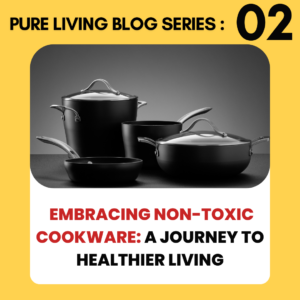
Welcome back to the “Pure Living” blog series, a guide on the path toward a cleaner, greener, and healthier lifestyle. In this edition, we turn our attention to the heart of every home—the kitchen—exploring the realm of non-toxic cookware. Our mission is to equip you with knowledge to make informed choices that align with a sustainable, eco-friendly approach to daily living.
Understanding Toxic Cookware
Toxic cookware presents a silent threat, with the potential to introduce harmful substances into your meals. Awareness of the hazards associated with traditional cookware is the crucial first step toward a safer culinary experience. Let’s shine a light on some common toxic materials:
- Teflon (PTFE): Non-stick cookware coated with polytetrafluoroethylene (PTFE) can release toxic fumes when overheated, resulting in flu-like symptoms known as polymer fume fever.
- Aluminum: Cooking with aluminum pots and pans may lead to the transfer of this metal into food, raising concerns about links to health issues such as Alzheimer’s disease.
- Copper: While excellent for conducting heat, copper cookware can leach into acidic foods, potentially causing copper toxicity.
- Lead: Older ceramic or enamel-coated cookware may contain lead, posing severe health risks, especially for children and pregnant women.
Choosing Non-Toxic Cookware
Now that we’ve identified the culprits, let’s explore how to choose safe alternatives:
- Material Matters: opt for non-toxic materials like stainless steel, cast iron, ceramic, glass, or enamelled cast iron. These materials pose minimal risk of leaching harmful substances into your food.
- Mind the Coating: If you prefer non-stick cookware, choose brands utilising ceramic-based coatings instead of Teflon. Ceramic coatings provide a non-toxic alternative without the risk of harmful fumes.
- Certifications for Confidence: Look for reputable certifications like NSF International or GreenPan’s Thermalon, providing assurance of non-toxicity and adherence to safety standards.
- Prioritise Durability: Invest in high-quality cookware that stands the test of time. Durable options not only contribute to a sustainable lifestyle by reducing waste but also provide a safer cooking experience.
- Tailor to Your Needs: Consider your cooking habits and choose cookware suitable for your specific needs. Whether it’s oven-safe, induction-compatible, or dishwasher-safe, selecting cookware that aligns with your lifestyle ensures practicality and safety.
Non-Toxic Cookware Brands and Products
Now that you’re armed with knowledge, let’s explore some of our favourite non-toxic cookware brands and specific products:
- Stainless Steel: Look for brands like All-Clad or Cuisinart for durable stainless-steel options.
All-Clad:

cuisinArt
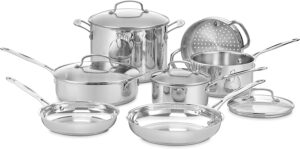
2. Cast Iron: Lodge and Le Creuset offer excellent cast iron cookware that’s both non-toxic and long-lasting.
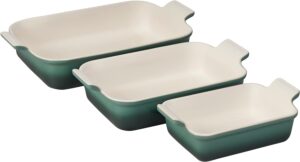
3. Ceramic: Green Life and Xtrema produce ceramic cookware with non-stick properties without the use of harmful coatings.
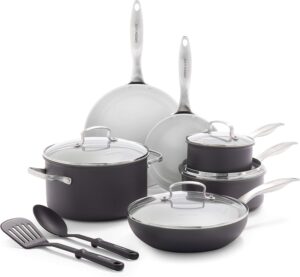
4. Glass: Pyrex is a trusted brand for glass cookware, perfect for baking and storing food.
5. Enameled Cast Iron: Consider brands like Staub or Lodge for enameled cast iron options that combine the benefits of cast iron with a non-toxic enamel coating.
By integrating these non-toxic cookware options into your kitchen, you can create a safer and more sustainable cooking environment for you and your loved ones. Stay tuned for the next installment in our “Pure Living” blog series, as we continue to unravel the secrets of embracing a non-toxic lifestyle. Together, let’s cook up a healthier, eco-friendly future.
How to Choose Non-Toxic Cookware: A Guide to Safer Culinary Choices
Now that we’ve delved into the realm of non-toxic cookware, let’s explore the practical aspects of making informed choices for your kitchen. Selecting the right cookware involves considering several factors to ensure not only a safer cooking experience but also the longevity and functionality of your chosen utensils.
- Material Matters:
The foundation of non-toxic cookware lies in the materials used. opt for stainless steel, cast iron, ceramic, glass, or enameled cast iron. Stainless steel is durable and corrosion-resistant, while cast iron offers excellent heat retention. Ceramic and glass are safe alternatives for those seeking non-stick options.
- Coating Considerations:
If you prefer non-stick cookware, opt for brands using ceramic-based coatings rather than Teflon. Ceramic coatings provide a smooth, non-toxic surface without the potential risks associated with Teflon, ensuring your culinary creations remain free from harmful substances.
- Seek Reputable Certifications:
Certifications serve as a stamp of approval for non-toxic cookware. Look for reputable certifications such as NSF International or GreenPan’s Thermalon. These certifications provide the assurance that your chosen cookware adheres to safety standards and is free from harmful substances.
- Embrace Durability:
Investing in high-quality, durable cookware not only enhances safety but also contributes to a sustainable lifestyle. Long-lasting options reduce the need for frequent replacements, minimizing environmental impact. Brands like All-Clad, Lodge, and Le Creuset are renowned for producing durable cookware that withstands the test of time.
- Tailor to Your Cooking Habits:
Consider your cooking habits and choose cookware that aligns with your specific needs. If you frequently use the oven, ensure your cookware is oven safe. For those with induction cooktops, check for compatibility. Dishwasher-safe options can simplify cleanup for those seeking convenience.
What to Avoid in Cookware:
In addition to knowing what to look for, it’s crucial to be aware of materials to avoid when selecting cookware:
- Teflon (PTFE):
Steer clear of non-stick cookware with Teflon coatings, particularly if you tend to cook at high temperatures. Overheating Teflon can release toxic fumes, compromising the safety of your cooking environment.
- Aluminum Concerns:
Minimize the use of cookware made solely from aluminum. Additionally, exercise caution with old or scratched aluminum pieces, as these may pose a risk of aluminum transfer into your food.
- Copper Challenges:
Be mindful when using copper cookware, especially when preparing acidic dishes. Consider alternative materials for recipes that may cause copper leaching into your food.
- Avoid Lead-Containing Materials:
Say no to old ceramic or enamel-coated cookware that may contain lead. opt for modern, lead-free alternatives to safeguard your health and well-being.
By incorporating these guidelines into your cookware selection process, you’re not only ensuring a safer cooking experience but also contributing to a healthier, eco-friendly lifestyle. Stay tuned for more insights in our “Pure Living” blog series as we continue to explore the secrets of embracing a non-toxic way of life. Together, let’s cultivate a kitchen where every meal is not only delicious but also a celebration of well-being and sustainability.
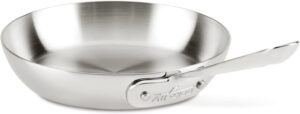
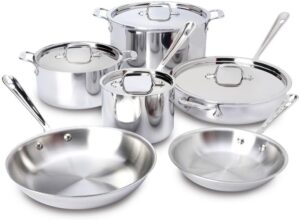
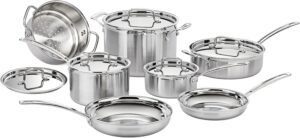
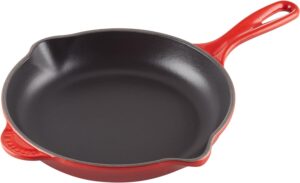
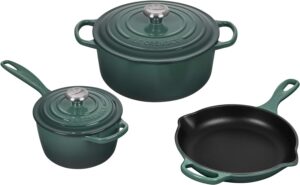
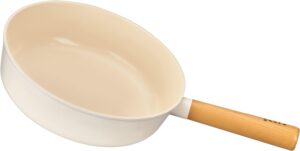
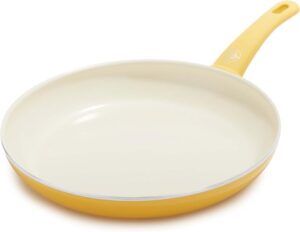
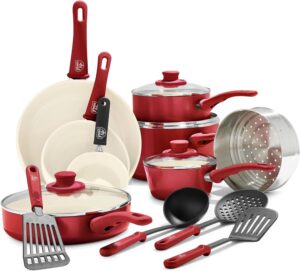
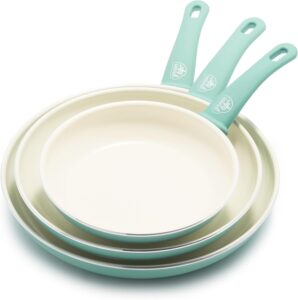

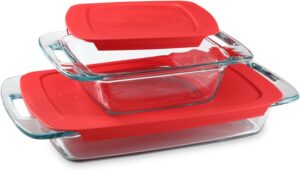
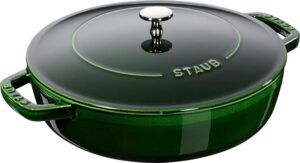
Comments will load here